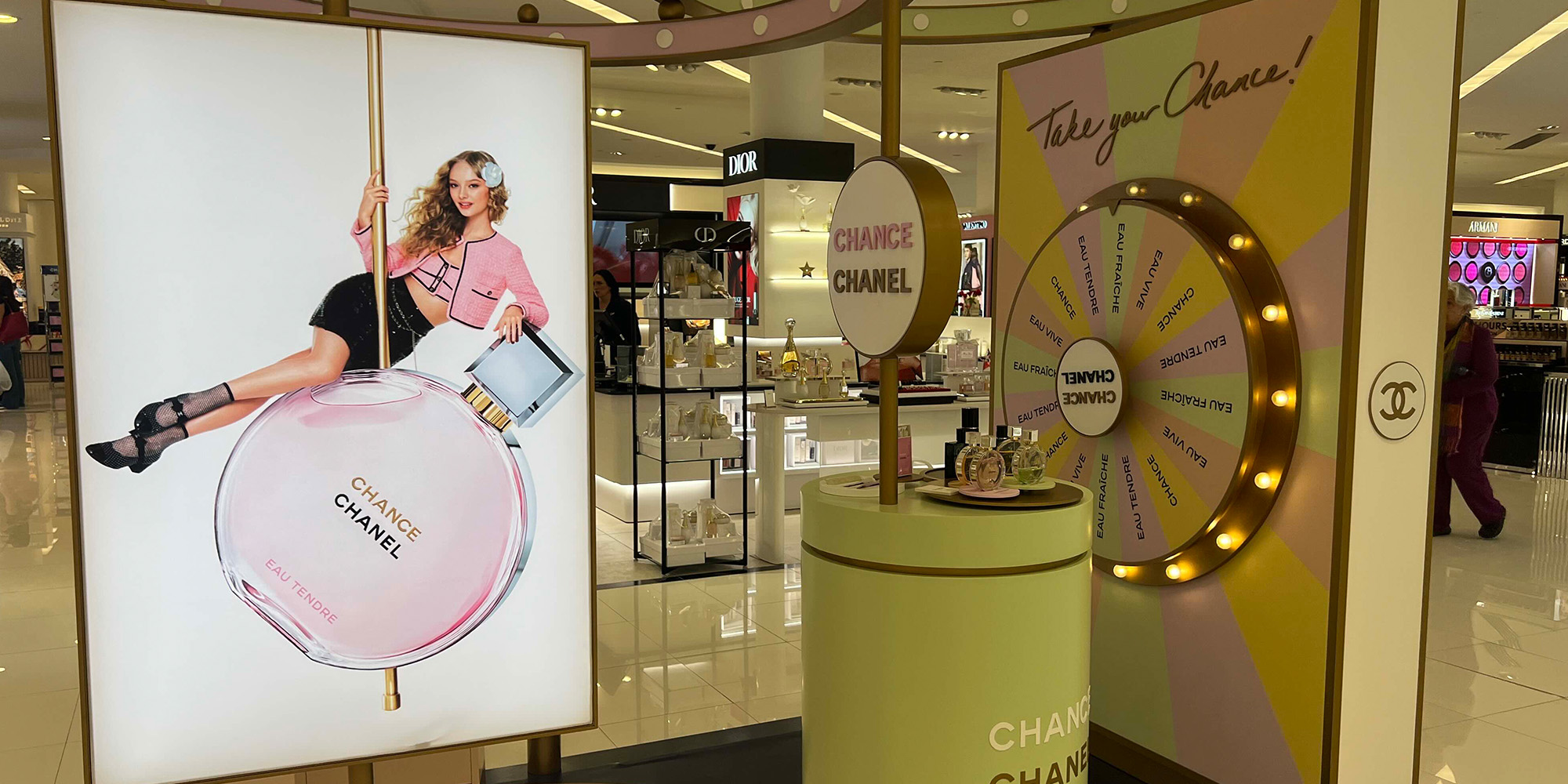
As Macy’s Moves Higher End, Its Revamped Beauty Department In Miami’s Dadeland Mall Offers A Glimpse At Its Future
Contending with falling sales, Macy’s announced Tuesday that it’s slimming down its retail fleet to 350 stores by closing 150 over the next three years, including 50 this year.
Simultaneously, it’s concentrating on its upmarket department store nameplate, Bloomingdale’s, and prestige beauty concept, Bluemercury. The former will be opening 15 stores, and the latter will be opening 30 stores over the next three years. There were 58 Bloomingdale’s as of last year, and there were 179 Bluemercury stores as of last month. With the expansion, Macy’s reports it’s growing its luxury store locations by around 20%.
The department store company was already experimenting with going higher end prior to its latest efforts, which it’s proclaiming constitute “A Bold New Chapter.” In December, Macy’s revamped its Miami store in the Dadeland Mall to turn it into a luxury beauty destination showcasing premium brands such as Tom Ford, La Mer, Valentino Beauty, Chanel, Maison Margiela, Jo Malone, Gucci Beauty, YSL Beauty, Armani Beauty and Estée Lauder.
The elevated luxury beauty format is a departure from the beauty shopping experience customers are familiar with at conventional Macy’s locations. In addition to opulent beauty offerings, the Dadeland Mall store’s beauty department boasts virtual try-on technologies, a fully redesigned space and interactive installations throughout to immerse shoppers and entice them to fork over greater sums of money.
Macy’s lean into luxury beauty makes sense given high-income earners’ appetite for beauty products. According to market research firm Circana, prestige beauty sales increased 14% last year, and half of the prestige beauty shopping base is made up of high-income earners pulling in over $100,000 year. Tony Spring, CEO of Macy’s, informed media outlet Yahoo Finance that Macy’s core customers are “more of the middle income consumer,” with a household income of $75,000 or under.
Miami, a burgeoning hotspot for beauty with a diverse population and a magnet for New Yorkers used to New York City’s first-class beauty stores and service providers, also makes sense as a testing ground for laddering up beauty. And with Barneys New York history and luxury fashion e-tailers pulling back from or abandoning beauty, there would seem to be space in the market for a compelling luxury beauty player.
However, Macy’s, a retailer associated with department store retailing’s depression rather than innovation and revival, may not be the ideal vehicle for luxury beauty or its energies in the beauty arena may be better suited to riding Bluemercury’s success. Bluemercury’s comparable-store sales rose 2.3% in the fourth quarter last year, while Bloomingdale’s dropped 1.5% and Macy’s sank 6.9% overall.
To determine whether Macy’s is on to something with its luxury beauty upgrade, Beauty Independent ventured to the Dadeland Mall store with Patricia Valera, a beauty consultant and founder of Beautybrandr, and encountered an improved environment, if an imperfect one.
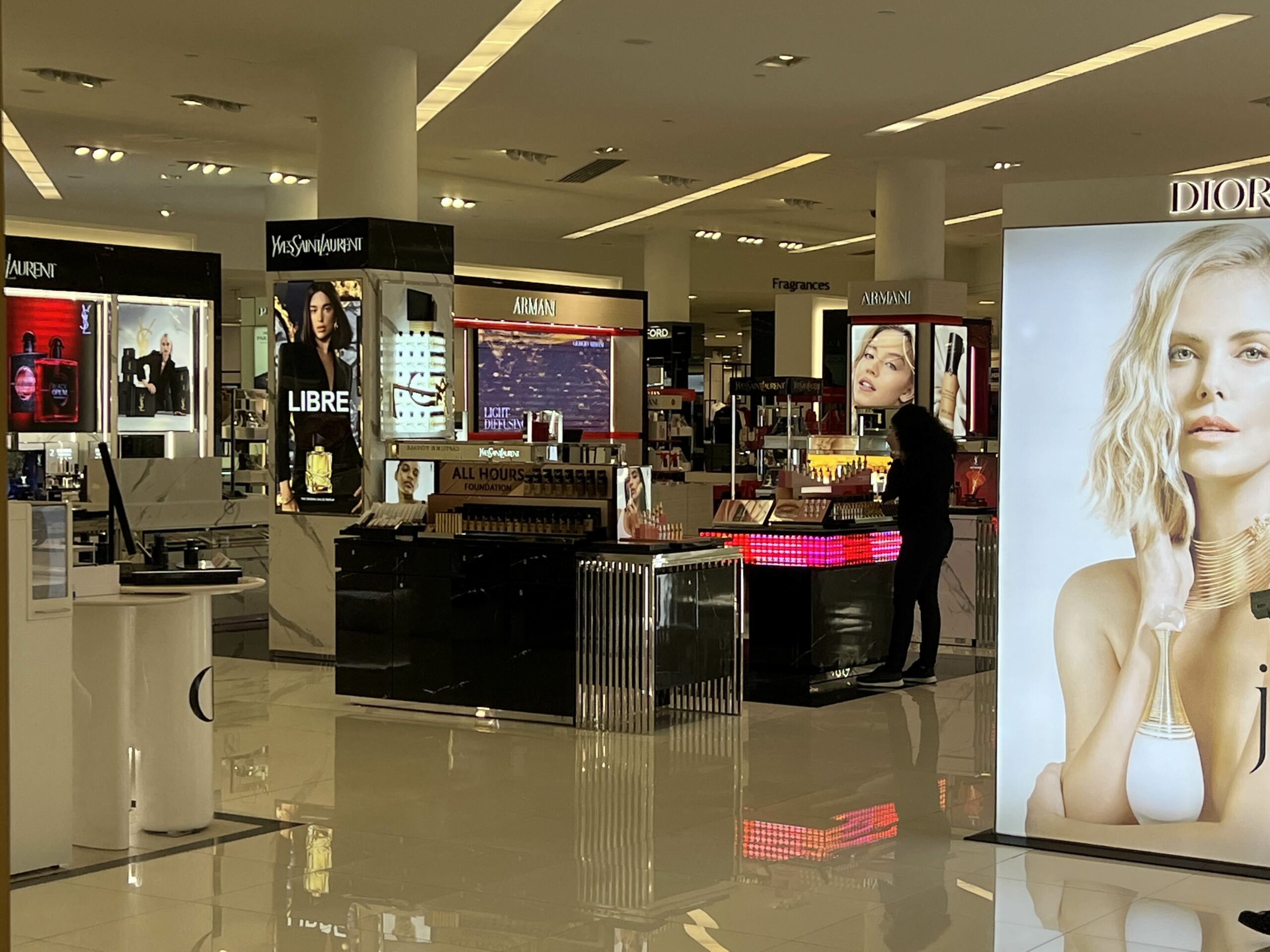
The Setup
The footprint of Macy’s Dadeland Mall store beauty department is unlike that of a typical Macy’s store. It has large, branded signage positioned higher than usual so that shoppers can easily distinguish the beauty brands in their dedicated areas. Valera appreciates that each brand’s identity comes through instead of all the brands looking the same.
Most of the traditional wrap-around glass counters jam-packed with products are gone. In their place are impressive, walkable mini branded boutiques outfitted with wood flooring, marble fluted countertops, high-top tables to learn about and check out merchandise, and similar lighting from one area to another to escalate moments of retail therapy. The space is bright and airy and has plenty of room for the flow of foot traffic.
Other sections are substantially smaller, some set up in a tower format with additional skincare and beauty options from brands such as Sunday Riley, Kylie Cosmetics and Benefit Cosmetics. “The store has more of that New York City beauty shopping feel,” says Valera.
Traditional department store gondolas are relegated to smaller areas rather than prime real estate. The standard Macy’s beauty counters are pushed toward the back of the store. “If you look at the store as a whole, from the new luxury area to the preexisting beauty section, it could be more cohesive from one area to the next,” says Valera. “You can tell the new from the old, so I wonder if that will change.”
Fragrance accounts for about 75% of the store selection. The extra-wide center of the layout consists mainly of fragrances from luxury brands alongside their skincare and makeup. Macy’s is recognized for its fragrance-heavy inventory, and fragrance is integrated into product assortments throughout the store. The availability of makeup and skincare is pretty skimpy.
Valera gives two thumbs up to unique, well-executed luxury brand installations that claim the prime real estate in the store’s center catwalk. They have branded graphics, life-size bottles and television screens with loops of the latest ad campaigns playing. She says, “You naturally gravitate towards them because they’re cool and provide opportunities for fun moments and events.”
Different from a traditional Macy’s, the refreshed luxury format features off-the-floor branded relaxation rooms from La Mer, Dior and Clarins. At them, customers can indulge in bespoke beauty services with a brand aesthetician. “Those are unique offers to bring someone into the store, especially if they are the only location in Miami to offer these branded services,” says Valera. “You can’t go anywhere and get a La Mer facial that I know of.”
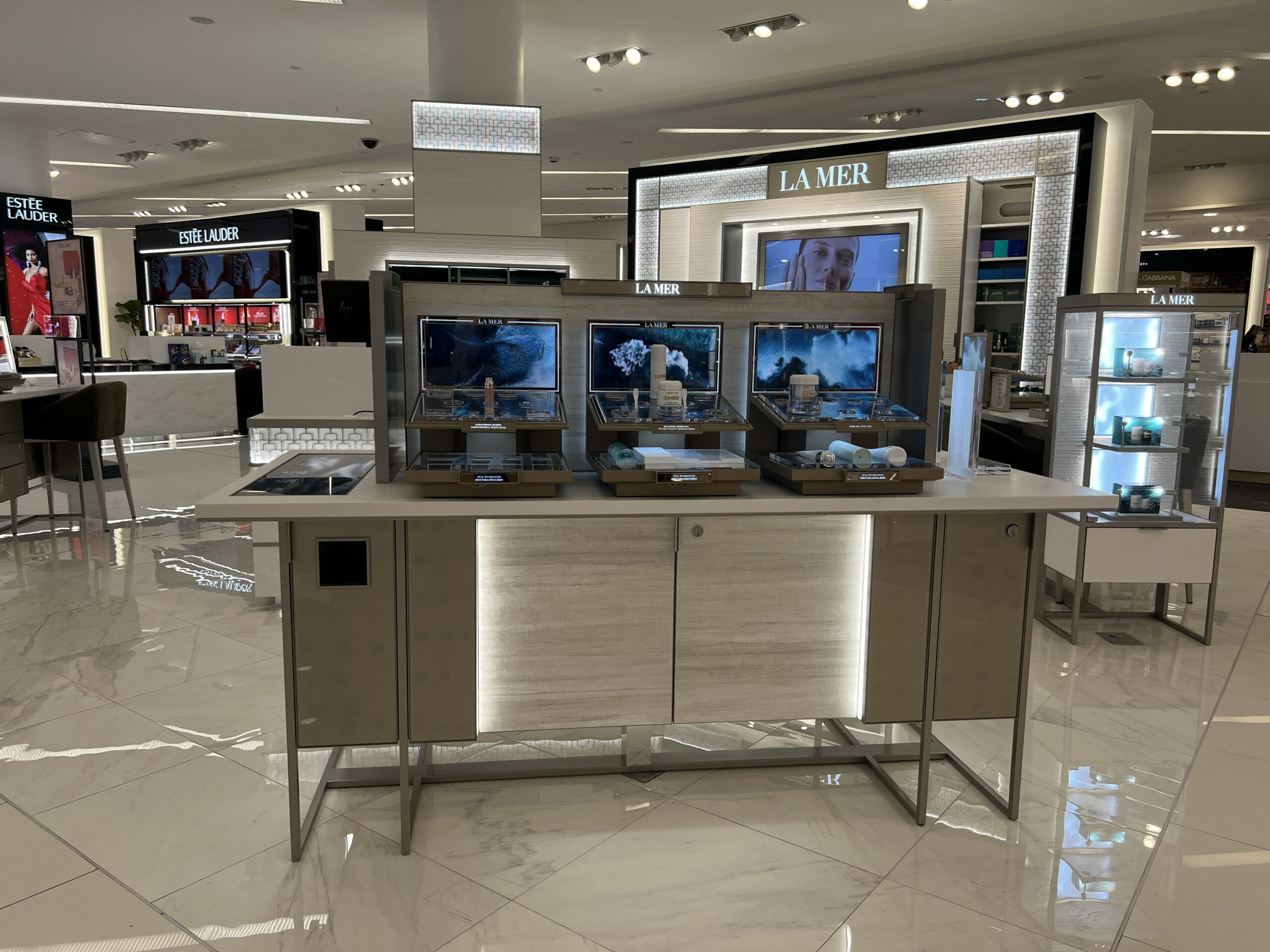
Product Selection
The Dadeland Mall store’s luxury roster consists of well-known, established brands. There’s a dearth of discovery catalysts and viral brands, even in smaller displays.
“Macy’s doesn’t have the Drunk Elephants of the world, brands like Herbivore, Glossier or trendy high-priced fragrances like Creed or Byredo,” says Valera. “It would have been brilliant to bring in those fun brands because they would probably bring in a much younger demographic, even if they were in a small section off to the side or the back. Also, some indie beauty brands have a real point of differentiation, and even though retail placement as an indie brand can be hard to get, they could be a major driver.”
Trendier brands like Kylie Cosmetics, Urban Decay, Farmacy and NYX are located in smaller areas and a section for minis. Their areas don’t adhere to the design schematics of the luxury section and have an open-sell Sephora feel with black shelves and aisles stacked with description tags hanging in front of products.
Distinct from Sephora, department stores have largely been dominated by branded counters staffed by brand-specific sales associates. “That concept doesn’t fade away here, but instead goes to the next level,” says Valera. “So, for someone who wants to speak with a trained, dedicated brand specialist and get a specific experience around a product, they can still get that education with this model. That’s not necessarily the same with other beauty shopping experiences at retailers.”
Valera would be interested in the branded boutique concept being carried over to the trendier brands, especially since they’re likely to appeal to Macy’s current customers who may not be luxury beauty consumers. She says the “strategy is a little unclear, but it’s an interesting test…The concept could suffer because there are a lot of brands that aren’t front and center that people definitely want to shop. How can you find them if you don’t know how to go off the main floor? So, I think the layout may need to be rethought to be an effective model.”

Challenges
The Dadeland Mall store has duplicative fragrance counters because some of the luxury brands have a presence both in the primary luxury space and smaller counters behind it. “I don’t understand why the same fragrance brands are one behind another,” says Valera. “It’s a little much and a bit of a mish-mosh.”
Macy’s appears to be trying to not be overly promotional in the Dadeland Mall store. There’s a lack of gifts with purchase, a staple of Macy’s beauty shopping and department store shopping generally.
“Macy’s customers buy because of the value of add-on items like a GWP,” says Valera. “Many of the more prestigious expensive brands they are bringing in don’t necessarily offer GWP because they don’t need to. Their customer buys a product for the product themselves. So, will the average Macy’s customer spend more money than normal and not get that extra gift? Or will they stick with the brands they feel give them extra value? Dadeland, as a mall, is heavily driven by sales and discounts.”
In a bid for luxury customers, Valera suggests the Dadeland Mall location is a tougher sell than elsewhere in the Miami area. “I would have guessed that the Macy’s at either the Aventura Mall in Aventura or Town Center in Boca Raton would have been launch locations because both retail malls have reputations for being larger scale,” she says. “Either destination would have pulled customers already shopping there for other luxury products and brands into Macy’s.”
Macy’s will have to pin down future locations for its luxury beauty departments carefully. Valera isn’t convinced the luxury layout will work in all its stores. “It’s important for the retailer to understand that different markets have different customers, and shopping habits and patterns aren’t the same across the board,” she says. “Even though the high-level brands may not be present in future stores, the experience should still stay somewhat connected.”
Valera believes there’s a massive opportunity for Macy’s to dive deeper into skincare, a weak spot for it at the Dadeland Mall location. She says, “My take is that department stores focus more on fragrance because that’s what sells, and it’s more of a personal discovery, but the skincare should still be a strong pillar.”
Finding moments to stoke discovery and excitement could be helpful. “I could see a pop-up with Violet Grey within this Macy’s store where you bring in these high-end brands that are super niche yet still expensive and different,” says Valera. “I think those types of initiatives would also attract a different customer.”
For now, a Macy’s makeover is nice and appreciated, but whether it will do the trick to attract a different, well-heeled consumer is unclear. That will take tinkering and a commitment to experiential retailing, customer service and coveted merchandise. “When I walked in, my first impression was this is beautifully done, and it doesn’t look like anything else,” says Valera. “Macy’s has taken things to another level.”
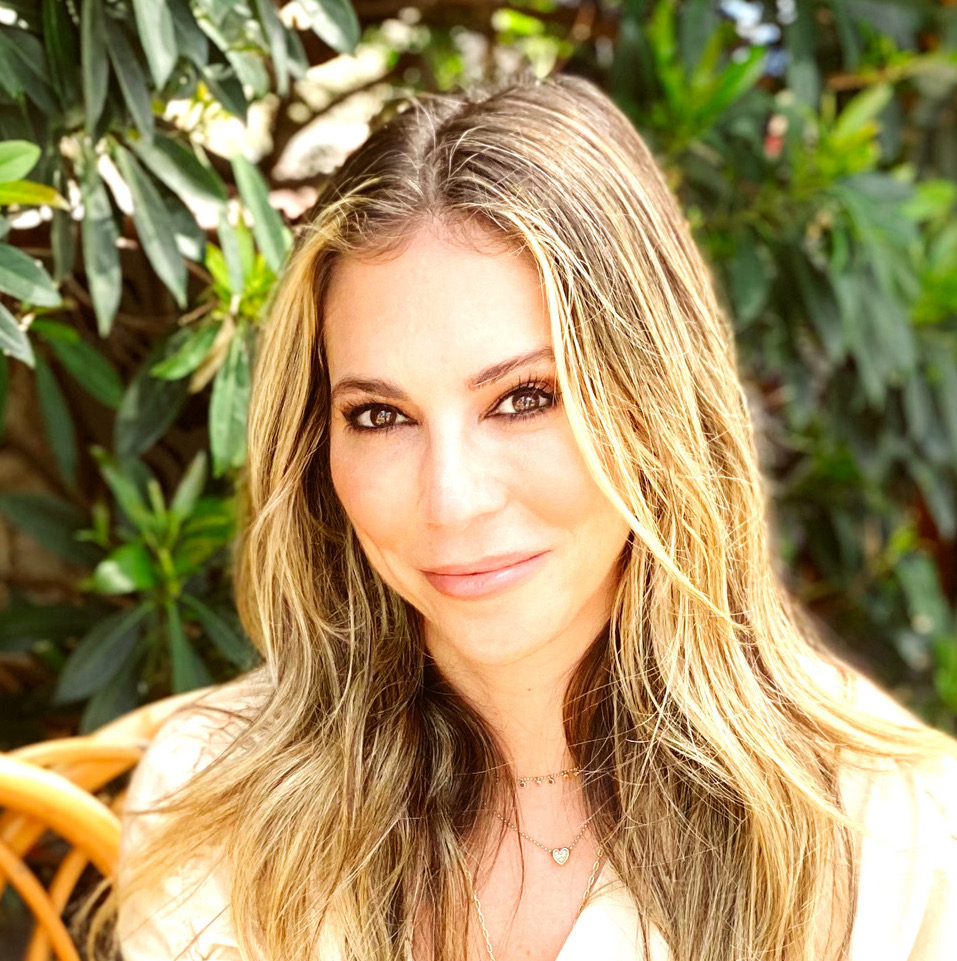
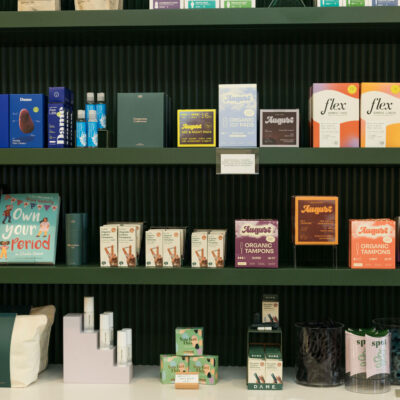
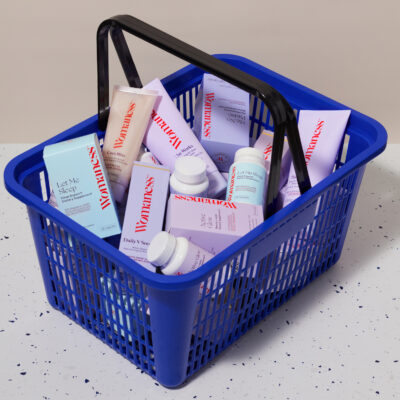

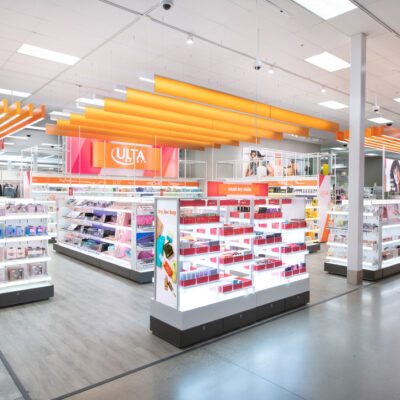
Leave a Reply
You must be logged in to post a comment.